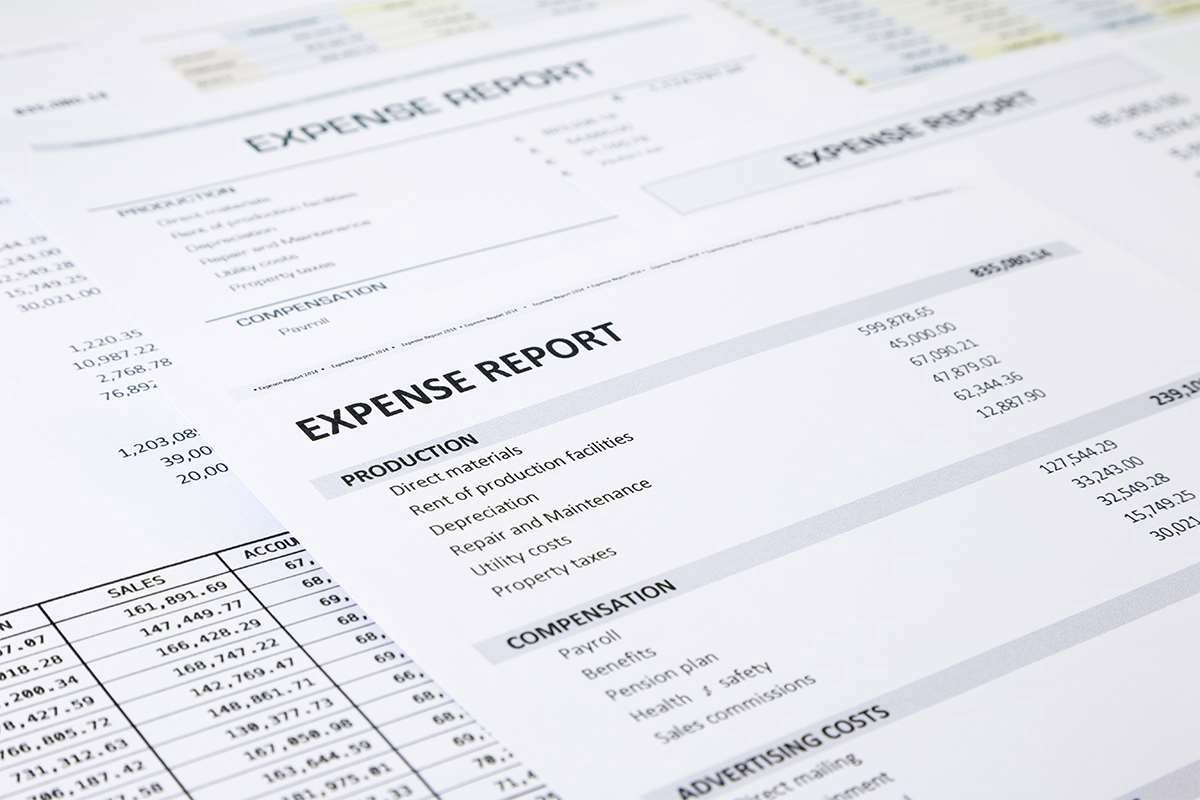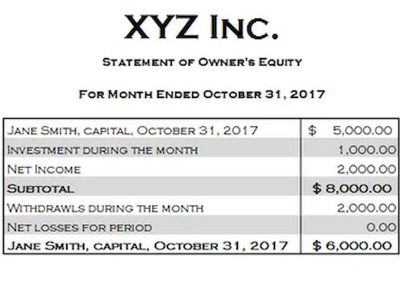Bookkeeping
Guide to Investing in Oil Markets
Effective management of production costs is vital for maintaining profitability, especially in a market characterized by volatile commodity prices. Companies often employ cost-control measures and technological advancements to optimize production efficiency and reduce expenses, thereby enhancing their financial performance. Conversely, because there is no change in productive assets with unsuccessful results, costs incurred with those efforts should be expensed. The effect of choosing one accounting method over another is apparent when periodic financial results involving the income and cash flow statement are compared. Each method highlights the individual costs, which fall into the categories of acquisition, exploration, development, and production, differently. However, such a comparison also points out the impact on periodic results caused by differing levels of capitalized assets under the two accounting methods.
Consistency Principle
These contracts require careful analysis to determine when and how revenue should be recognized. The Financial Accounting Standards Board (FASB) and the International Financial Reporting Standards (IFRS) provide guidelines to ensure consistency and transparency in revenue reporting. Oil and gas accounting is a specialized field that requires a deep understanding of both the industry and its unique financial practices. Given the sector’s complexity, accurate accounting is crucial for compliance, investment decisions, and operational efficiency. Oil and gas accounting is fundamental to the industry’s efficient operation, regulatory compliance, and strategic decision-making.
Production Sharing Contracts
Oil and Gas Production Accounting teaches the basics of petroleum production accounting as it relates to the petroleum industry. Oil companies report their oil reserves in their financial statements using one of two available methods. The reason that two different methods exist for recording oil and gas exploration and development expenses is that people are divided on which method they believe best achieves transparency of a company’s earnings and cash flows. One of the unique aspects of PSCs is the concept of “cost recovery.” The contractor is allowed to recoup its exploration and development expenditures from a portion of the produced oil or gas.
- Adherence to financial reporting standards is paramount in the oil and gas industry, given the sector’s complexity and the significant financial stakes involved.
- Regardless of industry, all publicly traded companies in the United States follow accounting principles set forth by U.S.
- KPMG firms work with global oil and gas corporations, independents, refining and oil service firms, and national oil companies around the world.
- These energy-specific ETFs and mutual funds invest solely in the stocks of oil and oil services companies and come with lower risk.
- The principle outlines when and how to recognize revenue from the sale of goods or services.
- For depreciation and amortization, companies must determine the useful life of the asset and select an appropriate method, such as straight-line or units-of-production, to allocate costs systematically over time.
Full Cost (FC) Method vs. Successful Efforts (SE) Method
This method is typically used when the investor has significant influence but not control over the joint venture. On the other hand, the proportionate consolidation method involves recognizing the investor’s share of the joint venture’s assets, liabilities, revenues, and expenses directly in its financial https://www.bookstime.com/ statements. One of the primary challenges in adhering to these standards is the frequent updates and changes that occur. For instance, the introduction of IFRS 16, which deals with lease accounting, has had a significant impact on how oil and gas companies report their lease obligations.
- Adherence to accounting standards and compliance with regulations is essential to avoid legal issues, ensure regulatory compliance, and maintain industry integrity.
- Oil and gas companies need to adhere to specific regulatory and tax reporting requirements, and their financial reporting has to comply with industry standards and guidelines.
- DD&A is the accounting method used to spread these costs over the life of the reserves.
- These standards provide a framework for consistent and transparent financial reporting, which is crucial for investor confidence and regulatory compliance.
- Financial statements are prepared under the assumption that the entity will continue to operate for the foreseeable future.
- Given the high stakes involved, accurate accounting is crucial for compliance, investor confidence, and strategic decision-making.
- This doesn’t really affect the income statement, but you do need to add back deferred taxes on the cash flow statement.
It truly depends on what a business determines to be the most important for their operations in any given situation. Financial statements are prepared under the assumption that the entity will continue to operate for the foreseeable future. Assets are generally recorded at their original cost, which is the amount paid to acquire them.
We believe the oil and gas industry is at the beginning of the back-office technological revolution. Over the next decade, companies will see a fundamental transformation of how they can eliminate waste, streamline accounting, and automate daily tasks, as well as reduce overall G&A. The more you can think outside the box to challenge the status quo, the more efficiencies you’ll gain in the long term. Each of these has its own unique set of departments that handle the various entries and procedures to ensure costs and revenue are accounted for properly. You can roll up most niche accounting functions into one of those six primary functions because all industries have capital expenditures, operating costs, G&A, revenue, and production.
Taxation in Oil and Gas Sector
- Graduates find work as production, operations, revenue or joint venture accountants in the petroleum industry.
- Under a PSC, the state grants an oil company the right to explore and produce hydrocarbons in a specific area, with the understanding that the company will recover its costs and share the remaining production with the state.
- Both processes ensure that the costs of these assets are matched with the revenues they generate, providing a more accurate picture of a company’s financial performance.
- Accurate JIB statements are essential for maintaining transparency and trust among joint venture partners.
- Under this technique, all exploration operating costs are capitalized, regardless of whether they were successful or not, and then amortized into expenses over time as the total reserves are produced.
- These assets and liabilities are typically recorded on the balance sheet of the operator, who manages the day-to-day operations of the joint venture.
Depletion, depreciation, and amortization (DD&A) are critical components of financial accounting in the oil and gas industry, reflecting the gradual consumption of capital assets over time. Depletion pertains specifically to the reduction in the value of natural resources as they are extracted, while depreciation and amortization apply to tangible and intangible assets, respectively. Accurate DD&A calculations are essential oil and gas production accounting for providing a realistic view of a company’s financial health and asset value. Production costs, also known as lifting costs, are the expenses related to extracting oil and gas from the ground and bringing it to the surface. These costs include labor, maintenance, utilities, and materials used in the production process. Production costs are typically expensed as incurred, directly impacting the income statement.
Upstream Accounting
Additionally, it is essential to act with the utmost integrity, respect, and due diligence. Baker Tilly specialists can configure and customize our reporting system to best fulfill your operational needs or create custom business intelligence solutions. These solutions range from spreadsheet extracts, dashboard or other third party interfaces, to custom database reporting solutions. With our online delivery, you can access and track your land management records remotely allowing for greater operational efficiency. Harrison is very involved with the University of Tulsa, where he earned a degree in MIS and Accounting.
LBO models are even more similar to what you see for normal companies, and just like with merger models you need to include a sensitivity analysis on commodity prices somewhere in your model. It is widely used in oil, gas, mining, and other commodity-based sectors, and it often produces more accurate results than the standard DCF analysis. That seems straightforward, but it gets confusing on the other financial statements because some companies apply these standards inconsistently and use a “mix” of both. This doesn’t really affect the income statement, but you do need to add back deferred taxes on the cash flow statement.
Companies record exploration costs capitalized under either method on the balance sheet as part of their long-term assets. This is because, like the machinery used by a manufacturing company, oil and natural gas reserves are considered productive assets for an oil and gas company. Generally accepted accounting principles (GAAP) require that companies charge costs to acquire those assets against revenues as they use the assets. One of the unique aspects of taxation in this sector is the concept of “ring-fencing,” where the tax liabilities of a company’s oil and gas operations are isolated from its other business activities.








